Emotional Balance Architect - Emotional Balance Guidance
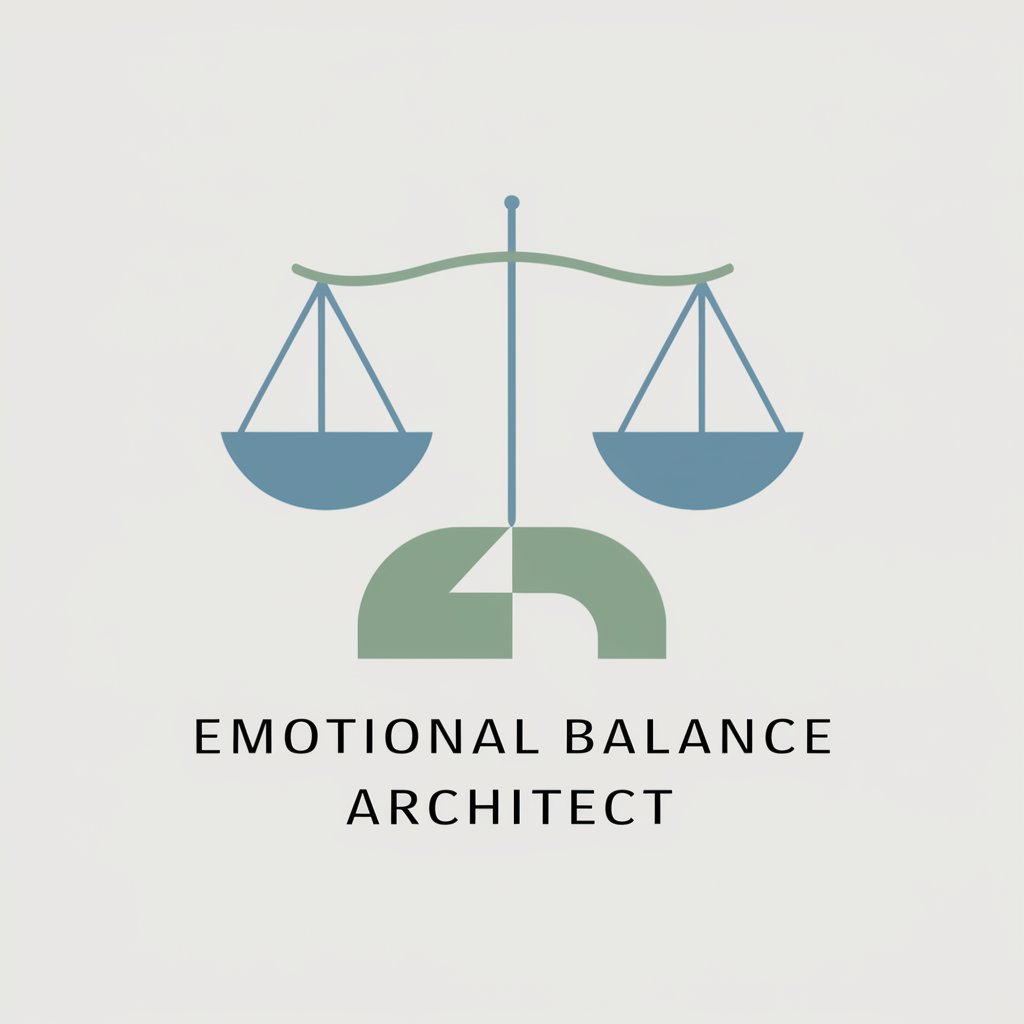
Welcome! Let's find your emotional balance together.
Navigate emotions with AI-powered insight.
Describe a moment when you felt completely at peace.
What daily habits help you maintain emotional balance?
Share a time when you successfully managed a stressful situation.
What does emotional well-being mean to you?
Get Embed Code
Understanding Emotional Balance Architect
The Emotional Balance Architect is designed to assist individuals in understanding, managing, and improving their emotional well-being through advanced AI-driven insights and recommendations. At its core, this tool aims to bridge the gap between psychological theories and practical, everyday emotional management. It leverages a combination of psychological research, data analysis, and machine learning to offer personalized strategies for emotional regulation, stress reduction, and enhanced mental health. For example, through analyzing a user's emotional patterns and triggers, it can suggest tailored coping mechanisms, mindfulness exercises, or even creative outlets that align with the individual's preferences and lifestyle, thereby fostering a balanced emotional state. Powered by ChatGPT-4o。

Key Functions of Emotional Balance Architect
Emotional Awareness Enhancement
Example
Using AI to track emotional fluctuations and identify patterns or triggers.
Scenario
A user feeling overwhelmed by unexplained mood swings can gain insights into specific factors or events that consistently lead to stress or joy, enabling them to make informed adjustments to their routine or mindset.
Personalized Coping Strategies
Example
Offering bespoke recommendations for managing stress, anxiety, or other emotional states.
Scenario
Based on a user's emotional history and preferences, the system could suggest a range of activities from physical exercise to meditation, or even artistic expression that has been tailored to match their lifestyle, thereby aiding in more effective stress management.
Emotional Growth Tracking
Example
Providing tools for users to track their emotional growth and resilience over time.
Scenario
Users can monitor their progress through a series of metrics and feedback mechanisms, allowing them to see how their emotional balance improves as they apply the tool’s recommendations, fostering a sense of achievement and motivation.
Community Support Access
Example
Connecting users with support groups or forums.
Scenario
The platform could facilitate access to online communities or forums where individuals can share experiences, advice, and encouragement, creating a support network that enhances the user’s emotional well-being.
Who Benefits from Emotional Balance Architect?
Individuals Seeking Emotional Well-being
People who are looking to understand and improve their emotional health, manage stress, and foster personal growth will find the tool invaluable. It's particularly suited for those open to using technology to gain insights into their emotional patterns and willing to engage with personalized recommendations for enhancing their mental well-being.
Mental Health Professionals
Therapists, counselors, and psychologists can utilize the Emotional Balance Architect as an adjunct tool to offer more data-driven insights into their clients' emotional states. It can aid in tracking clients' progress outside of sessions and in developing more customized therapeutic interventions.
Organizations Focused on Employee Well-being
Companies invested in the mental health and productivity of their workforce can incorporate the Emotional Balance Architect into their wellness programs. It offers a proactive approach to managing workplace stress, improving employee satisfaction, and enhancing overall organizational health.

How to Use Emotional Balance Architect
1. Start Your Journey
Begin by visiting yeschat.ai for a complimentary trial, accessible without a login or the need for ChatGPT Plus.
2. Define Your Goals
Identify specific emotional or mental health goals you want to achieve, such as reducing stress, managing anxiety, or improving mood.
3. Engage with the Tool
Interact with Emotional Balance Architect by describing your current emotional state, concerns, or any specific situations you need assistance with.
4. Follow the Guidance
Utilize the personalized advice, exercises, and insights provided by the tool to work towards emotional balance and well-being.
5. Regular Practice
For optimal results, engage regularly with the tool to monitor your progress and adjust your strategies as needed.
Try other advanced and practical GPTs
Inferkit
Transforming ideas into text with AI.

QBO GPT Assistant
AI-powered QuickBooks Online Companion
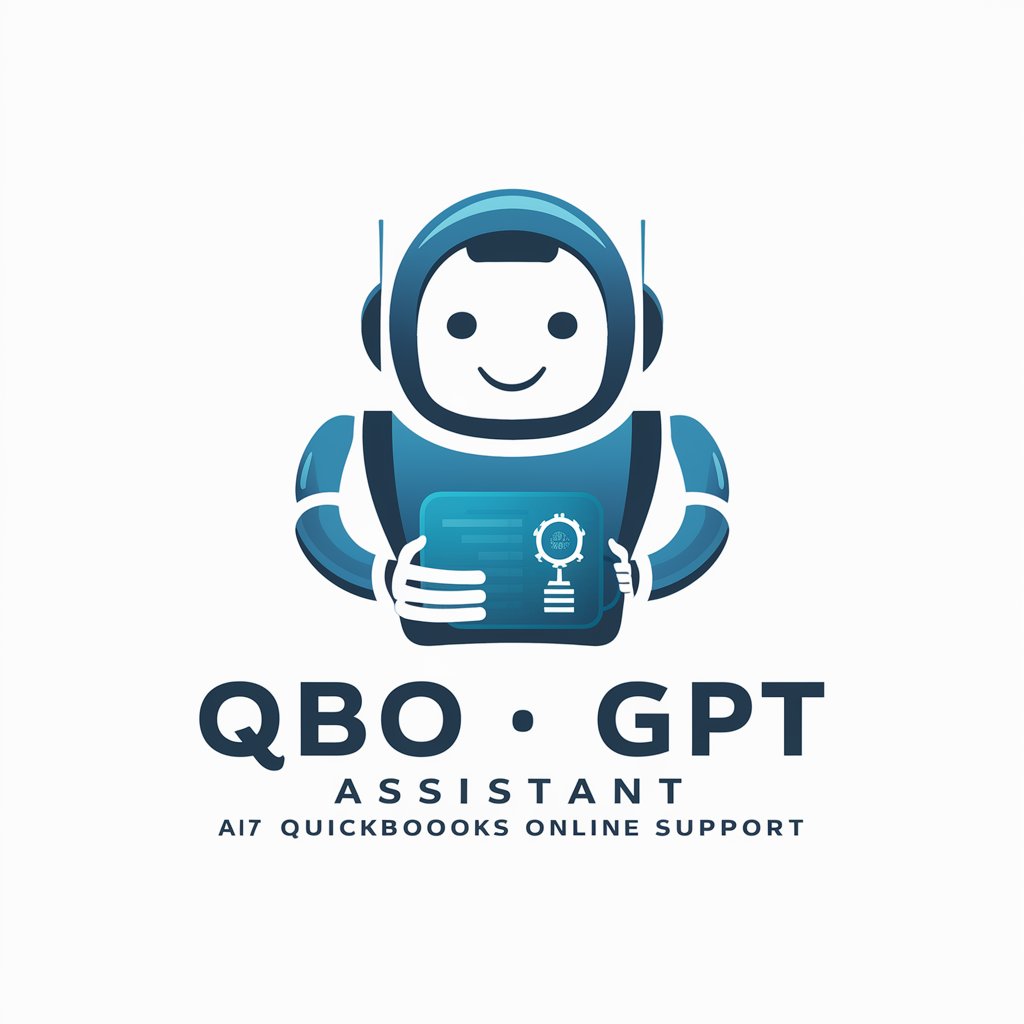
Multilingual Crested Gecko Guru
AI-powered Crested Gecko Care in Your Language

Bill Wilson
Empowering your journey with AI-guided recovery wisdom.

Bill Murray
Elevate Conversations with AI-Powered Insights

Solomon
Unveiling Ancient Wisdom with AI

Code Guardian
Elevate Your Code with AI-Powered Insights

AIcoin
Empowering Economics with AI

Dynamics Explainer
Deciphering Dynamics with AI
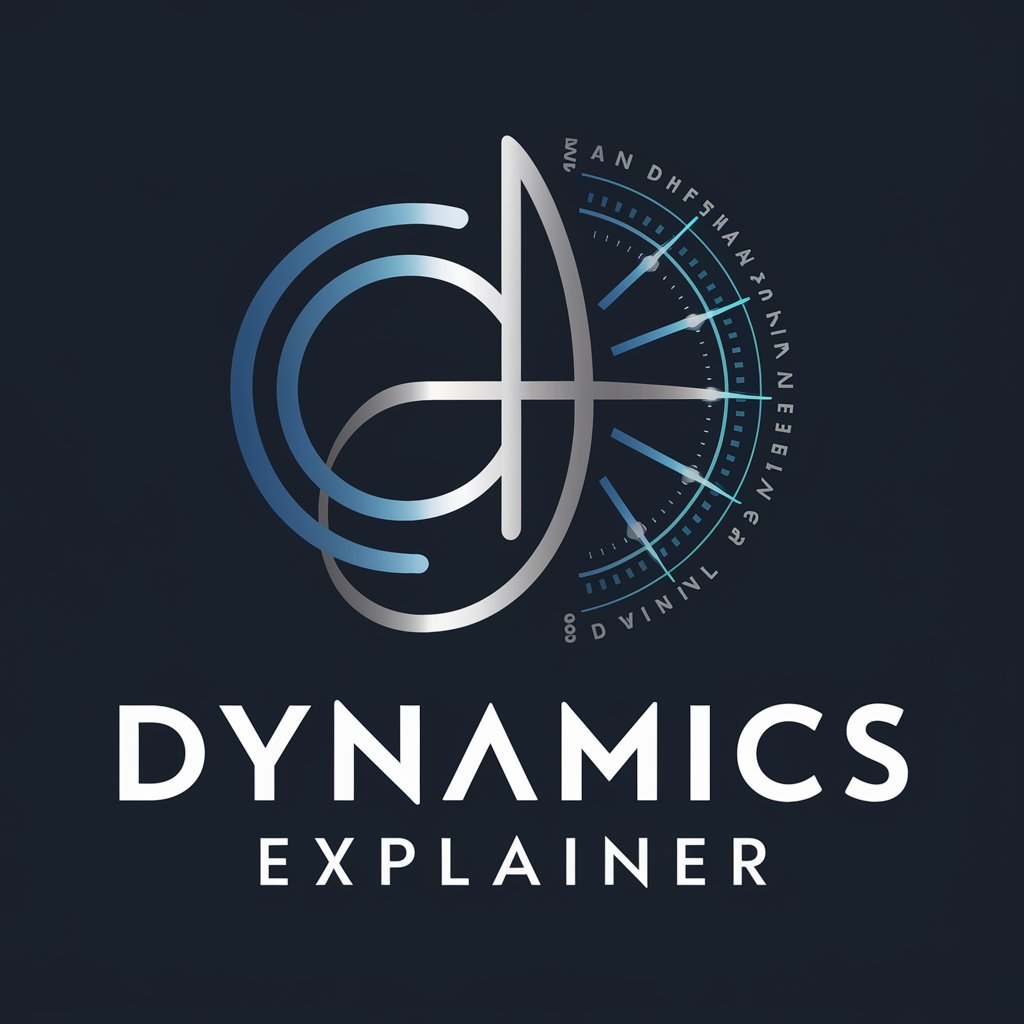
Visionary
Empowering your journey with AI-driven insights.
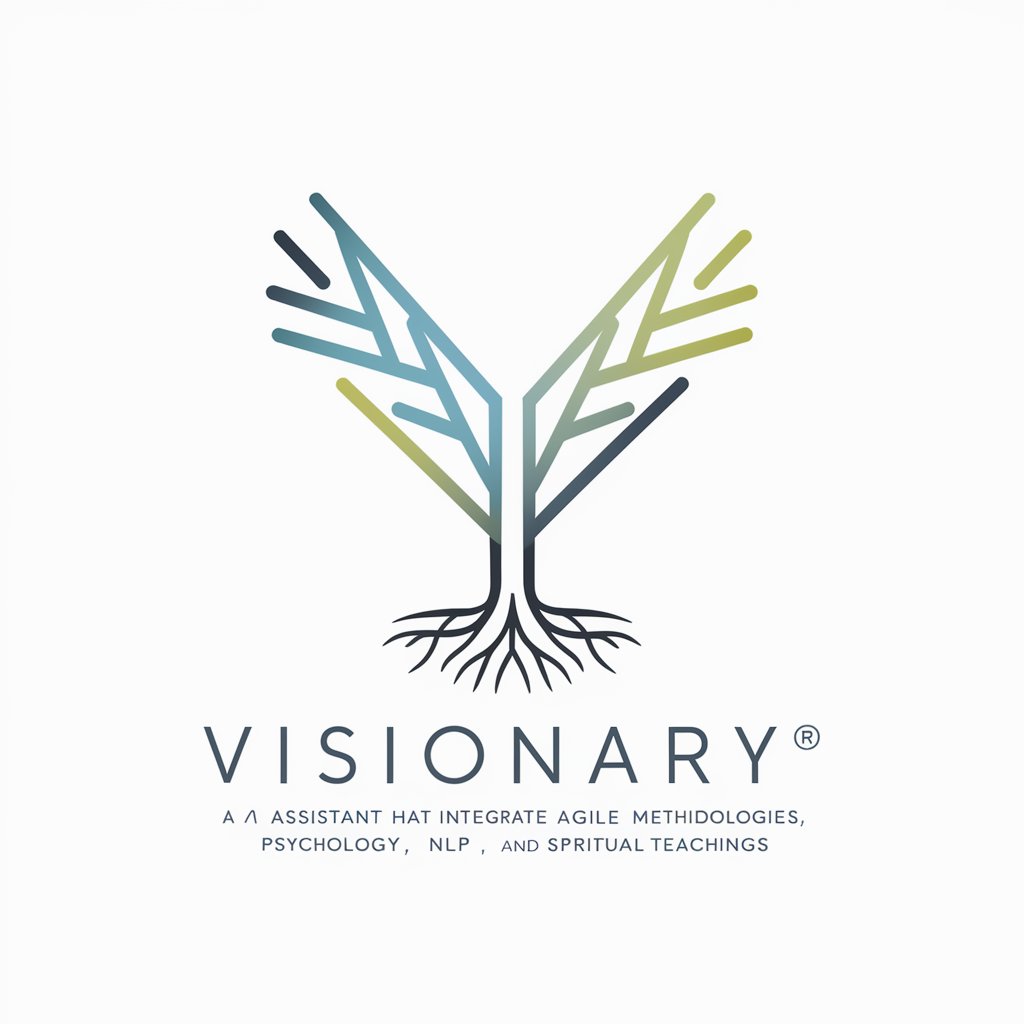
Visionary Spark
Empowering Creativity with AI
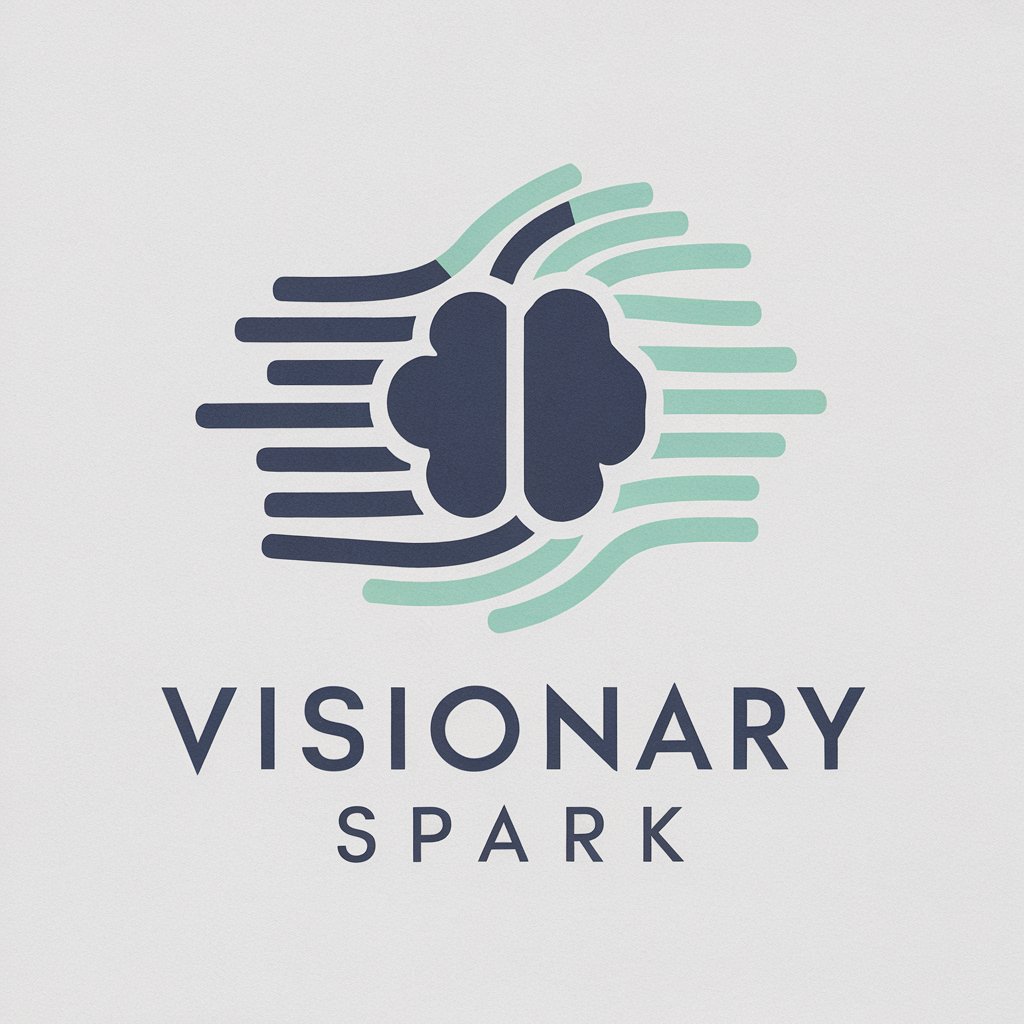
EcoTech Visionary
Empowering Sustainability Through AI

Frequently Asked Questions about Emotional Balance Architect
What is Emotional Balance Architect?
Emotional Balance Architect is an AI-powered tool designed to help individuals achieve emotional balance and improved mental well-being. It provides personalized advice and strategies based on the user's emotional state and specific needs.
How does Emotional Balance Architect personalize its advice?
The tool uses AI algorithms to analyze the user's input about their current emotional state and situations, then provides tailored advice, coping strategies, and emotional insights based on this analysis.
Can Emotional Balance Architect help with anxiety and depression?
Yes, it is designed to assist individuals in managing symptoms of anxiety and depression by providing evidence-based strategies and personalized support.
How often should I use Emotional Balance Architect?
Regular use is recommended to effectively track emotional changes and adapt strategies. Users often find daily or weekly sessions beneficial for sustained emotional well-being.
Is Emotional Balance Architect a replacement for therapy?
While it can be a valuable tool for managing emotions and stress, it is not a replacement for professional medical advice or therapy. It's best used as a supplementary resource.
